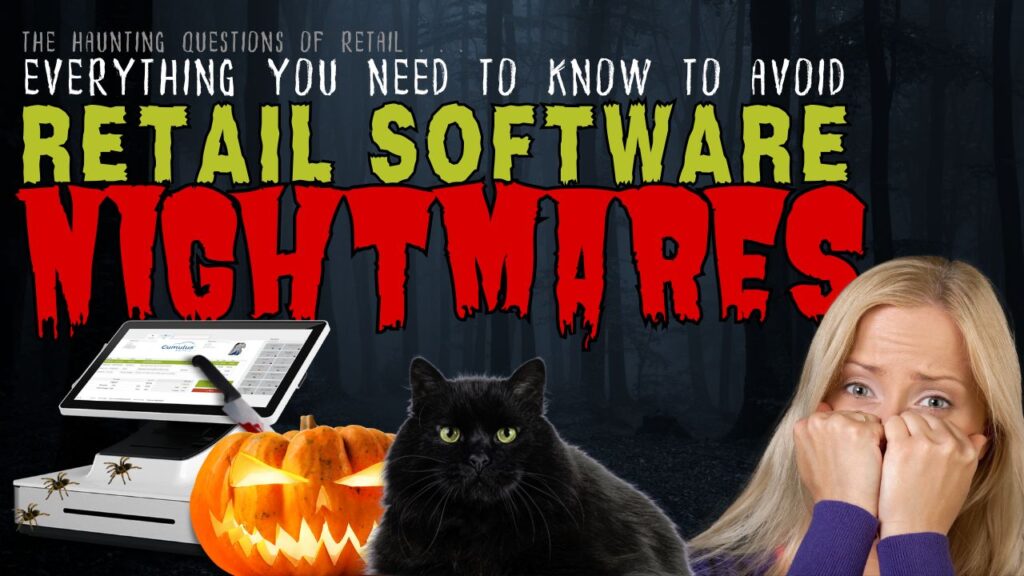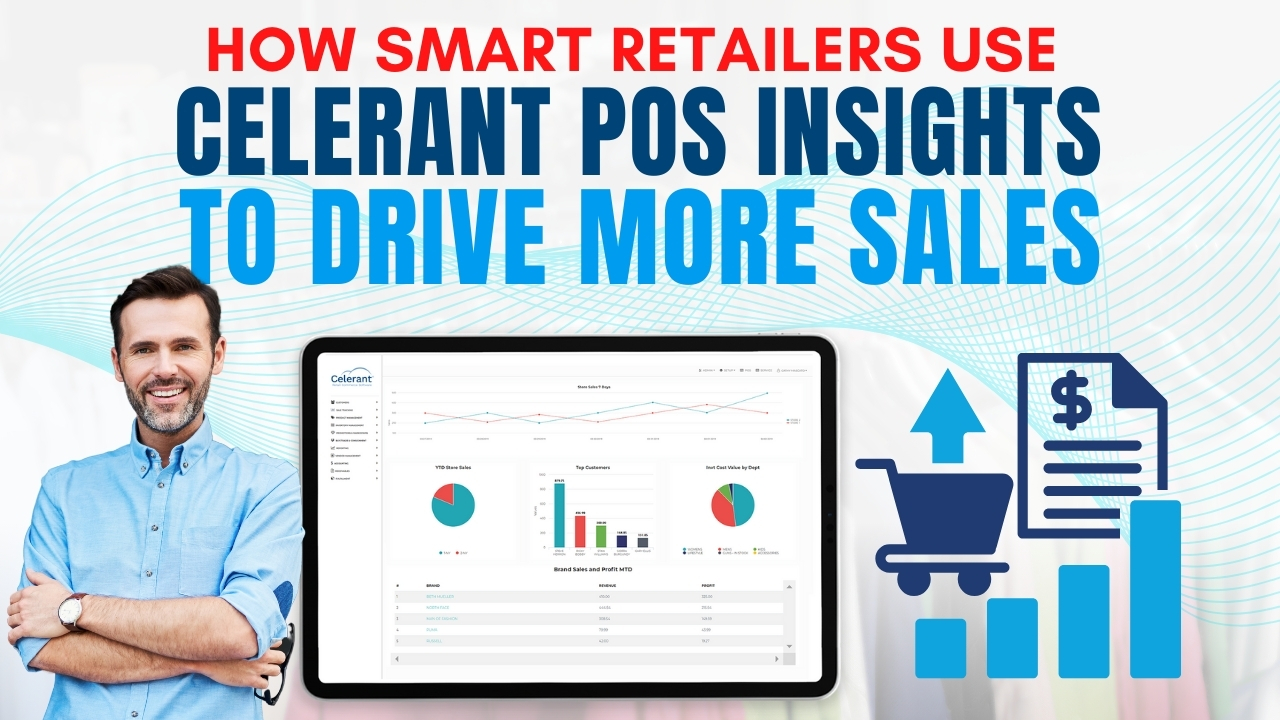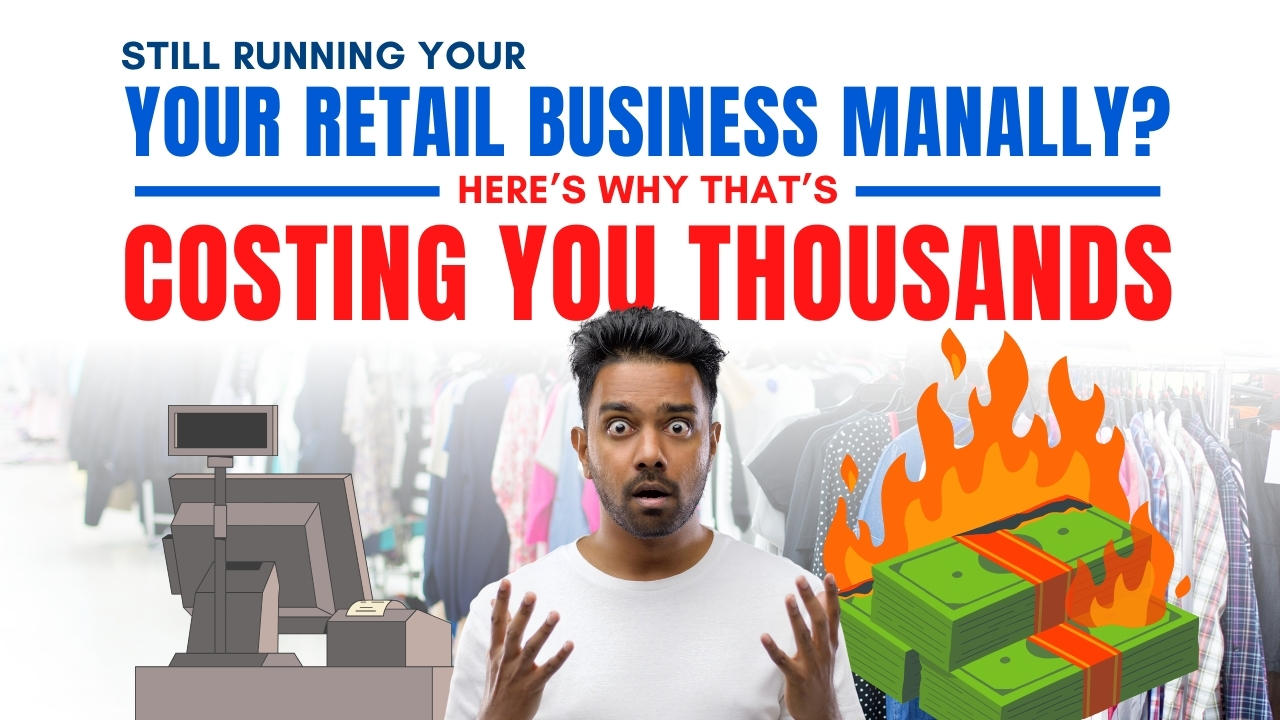Blog
Everything You Need To Know To Avoid Retail Software Nightmares
October 26, 2023 / 7 minute read / By Robert Josefs

Blog

Imagine venturing through an unfamiliar forest on a foggy night, the air thick with anticipation and a touch of eeriness. In the world of retail, a similar sense of uncertainty can loom when it’s time to transition to a new Point of Sale (POS) system. It’s a bit like wandering through a haunted house, filled with spooky questions that send chills down the spines of merchants:
These are the haunting questions that often keep retailers up at night, their businesses hanging in the balance. But fear not, for in the world of POS transitions, this blog is going to be your guiding light.
Today, we are using this space to walk you through the shadowy corridors of retail software transition, and what you can do to avoid your own ‘scary software story’.
When it’s time to switch to a new POS system, it’s important to know what questions to ask potential software vendors. Here is a laundry list of items you should know the price of prior to making the switch:
If you are switching from another POS system, find out how much it will cost to migrate your data over to the new system, including your product, customer and sales data.
It’s equally important to know if the POS software company offers eCommerce and digital marketing. If they don’t, find out which systems they integrate with, the cost of those integrations, and who is responsible if the integration brakes. In most cases, you will save money and headaches in the long-run by using a fully-integrated, or as it’s called an all-in-one, retail system from a single vendor.
Related: How Much Does A POS System Cost?
This answer will depend on the POS software you select. In some cases, your business can go live in as little as a week, in most cases though it will take a bit longer. Typically, anywhere from four to six weeks is how long the entire implementation process might take– from start to finish.
is to check with any potential retail software providers that you are considering to see if they offer a dedicated project manager. This will help your business a ton. It is a single point person who will be assigned to you, helping you with every aspect of your transition and go-live process.
Also, with many POS systems, as soon you purchase the software, you can start using it for testing and training purposes. It will take some time to prep your database, import all of your products and train your entire staff- but while this is all happening, you can start learning and preparing your business by getting access to your new system right away.
Ensuring proper training is just as important as the system itself. After all, the retail system will only work as well as your store staff can use it. Here are a few different ways you can receive the training you need from your POS software provider.
Software Training: A good retail software provider will offer a dedicated trainer that not only knows software, but fully understands retail, and more importantly, your exact business needs. You will have the opportunity to schedule one-on-one training sessions to help you learn the software based on how your business will use it.
Self-Service Knowledge Base: Some retail software providers provide a built-in knowledge base. This allows retailers to search for answers to common questions directly from within the software. This option is meant to be more self-serving and can be a huge benefit, after having live, one-on-one software training.
Training Videos: Make sure to ask software vendors if they offer an online portal with training videos. The videos should offer training for each module of their software and be up-to-date. Short, easy to follow videos are best- showing different aspects of the POS system that are easily searchable via an online portal.
Client Conference: Some retail software providers even take it a step further by offering annual client conferences, whether in person or virtual. The goal of these conferences are to help its retail clients maximize their usage of the retail software, while staying on top of industry trends and best practices.
Now that you have a better understanding of the challenges and opportunities associated with POS software transitions, you are well on your way to a successful journey. Remember, the key is to be prepared and to choose a retail software partner that has the experience and expertise to guide you through the process.
With careful planning and execution, a new POS system can become a powerful tool for driving growth and profitability.
So, take a deep breath, take the time needed for the process, and embrace the change. Here are a few key takeaways for all your retailers out there:
With a little planning and effort, you can make your POS transition a success story.
Social media is a powerful tool for marketing your products and services, as it allows you to generate buzz and connect with customers on a personal level. The best part is that social media is cost-effective, making it possible for you to invest in organic posts or advertising at low costs.
To make the most of social media marketing for your eCommerce business, it’s important to choose the platforms that are best suited to your target audience. LinkedIn, for example, is ideal for reaching business professionals, while TikTok can help you connect with a wider audience.
 Looking for ways to stay ahead of the retail game? Learn how RaaS environments can help retailers grow.… |
 Manual retail processes are costing you sales, time, and money. Discover how a modern retail POS system… |